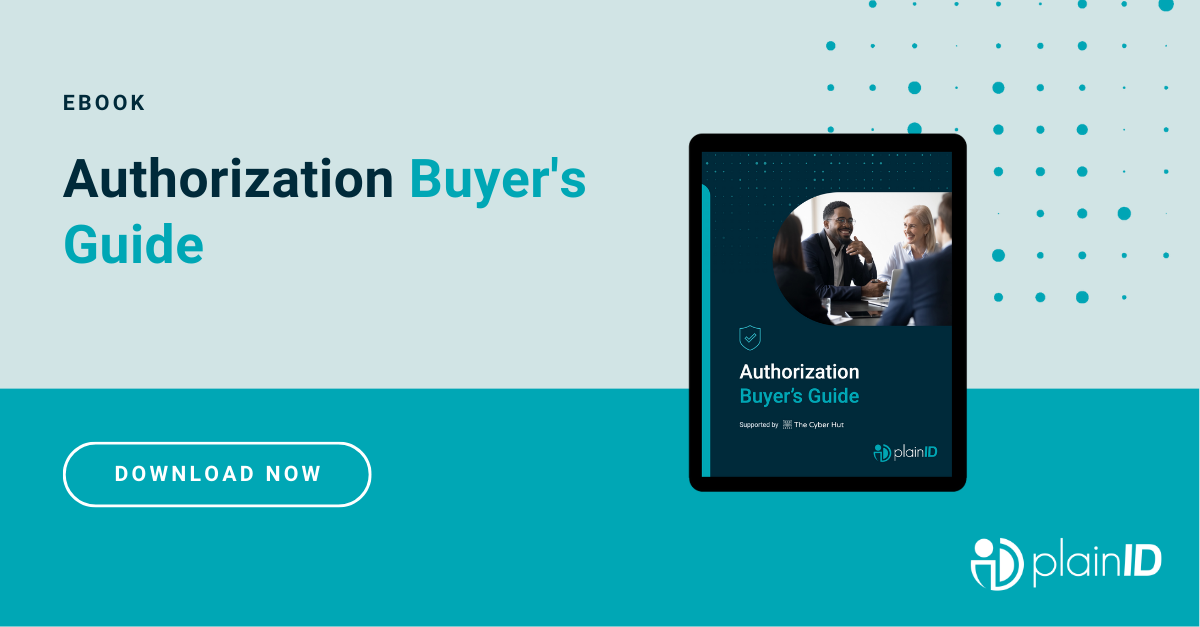Michelle Fallon
March 16, 2023
Traditionally, Authorization has been coded into every application. With the move to lightweight digital services, however, this becomes unwieldy and impractical. Businesses need to move fast to provide customer-driven, unattended transactions and responsive customer experiences.
Enterprises have continued to tackle Authorization with homegrown solutions, yet industry analysts have been validating the need for externalized Authorization for the last several years.
Homegrown and legacy Authorization solutions do not align to modern business standards, driving the demand for an Enterprise Authorization solution that:
- Modernizes and elevates legacy Authorization
- Delivers centralized policy management with distributed enforcement
- Provides tighter, contextual control with policy-based access control
- Offers multiple deployment options: cloud, hybrid, on-prem
You likely already know how Authorization fits into your infrastructure, but perhaps you are wondering: “What capabilities and value could an Authorization solution bring to our business?”
It is important to be able to map Authorization value with outcomes that not only impact the organization, but can also be communicated to a range of non-technical stakeholders. This helps monitor the performance and productivity of the vendor and allows total cost of ownership and return on investment to be calculated.
Improving the productivity and efficiency of operations is a key success criteria for historical IT investments. Employee productivity must at worst not be impacted and at best, improved in line with technology change. Additionally, while authorization may not immediately be linked with higher-level business functions, it is becoming increasingly clear that the secure collection, handling and sharing of important information and data can improve collaboration across both the supply chain and application management functions.
Security metrics are becoming a critical tool in the spend profile of the CISO and senior security management teams. Cybersecurity metrics for the coverage, performance and effectiveness of security helps to understand the return on investment and the level of support of the controls with respect to the risk management process. Authorization has a key role in improving the security control landscape.
And finally, a key issue many CISOs face is knowing how to allocate finite resources – such as people, license spend, and effort – and how to do so against an ever-growing list of security threats. However, this battle needs to be completed under the continuous eye of the business – where security controls that are too inhibitive or introduce and amplify friction will not only be unacceptable but often avoided by end users if they are implemented.
In partnership with The Cyber Hut, PlainID has developed an Authorization Buyer’s Guide to serve as a map for the journey to purchasing and implementing the solution that is right for your business. In addition to explaining the business value of Authorization, this guide will help you understand the nuances and guide you to the optimal solution for your organization’s needs.
To learn more about the business value of an enterprise-ready authorization solution, read our complete Authorization Buyer’s Guide, click here.


